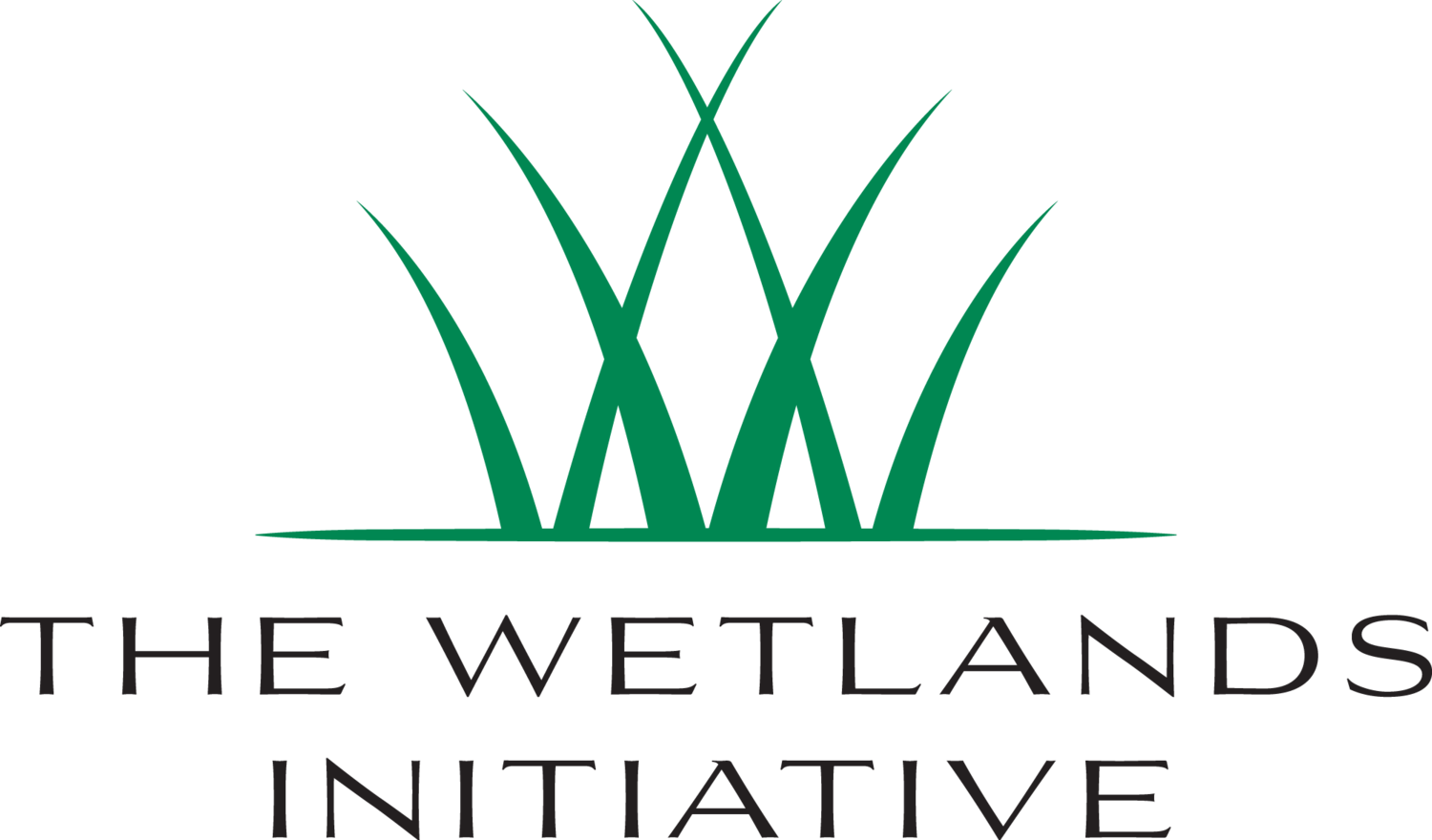Do any of the following sound like a grand day out to you in Chicago’s Calumet region?
Beginner-friendly birding on May 25 to scope out scaups, sandpipers, and stilts along the shores of a hemi-marsh restoration-in-progress (with its own iNaturalist hotspot), followed by some hands-on fun planting native sedges that will help increase bird habitat.
A sunset walk on July 26 through a burgeoning oak savanna with TWI’s Trevor Edmonson, stopping along the way to identify members of a cryptic clade: moths!
A celebratory hunt on August 4 for the botanical Bigfoot of Chicago—a minuscule mushroom-dependent flower known as Thismia americana—followed by lunch, games, and storytelling by local luminaries.
If any of these activities catch your fancy, great news: These events and more are coming to Indian Ridge Marsh in 2019.
